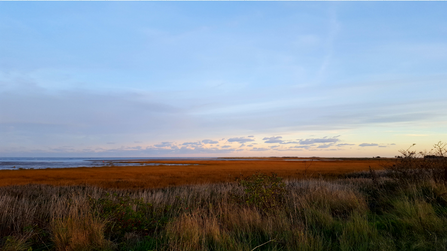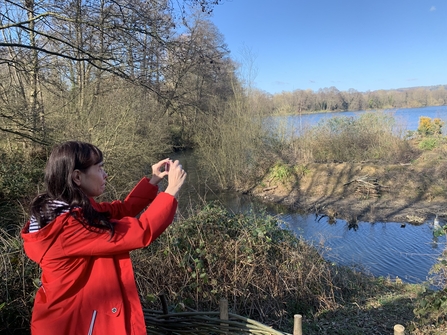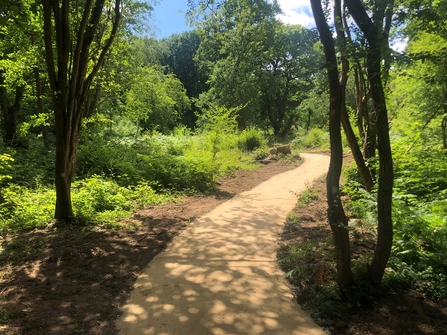Often referred to as the garden of England, Kent offers a variety of strikingly scenic walks to tourists and residents alike. Whether you are looking to stroll along the shore, picnic in a picturesque meadow or seek shelter in a shady woodland this summer, Kent’s countryside has all this and more.
Kent Wildlife Trust manages over 9,000 acres at more than 80 different sites and nature reserves. The charity uses nature-positive management to ensure that the reserves remain a sanctuary for Kent’s rarest and most vulnerable plants and animals. A visit to a Kent Wildlife Trust reserves promise the birds and the bees, and everything in between!
Here are our Top 5 Wild Walks, guaranteed to inspire you to spend more time in nature.



